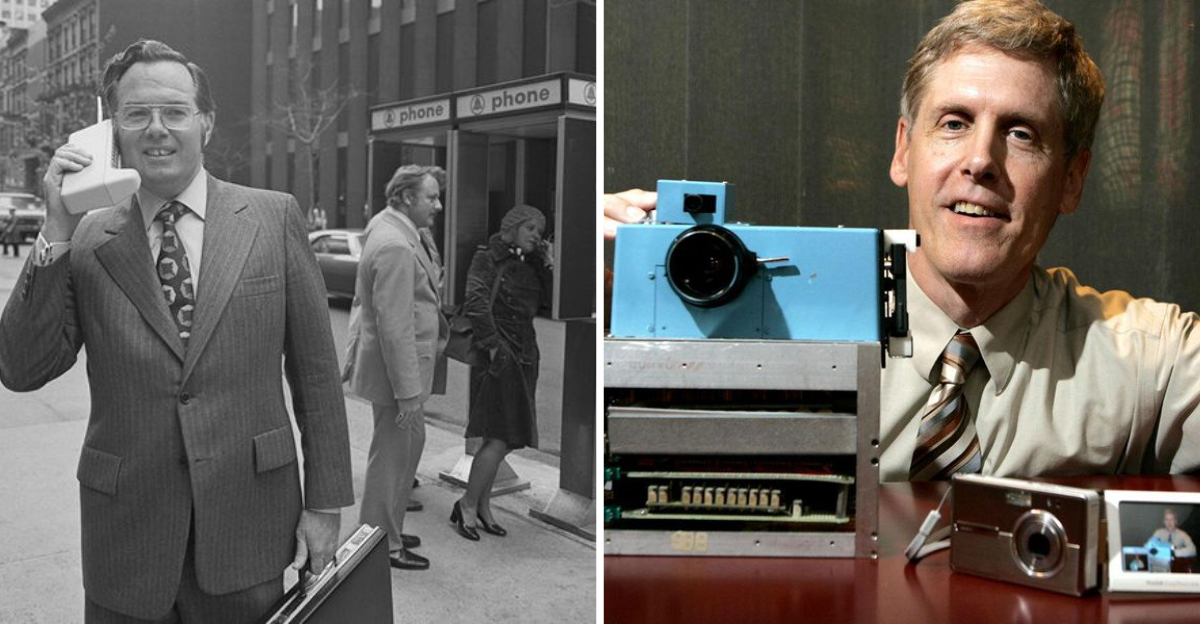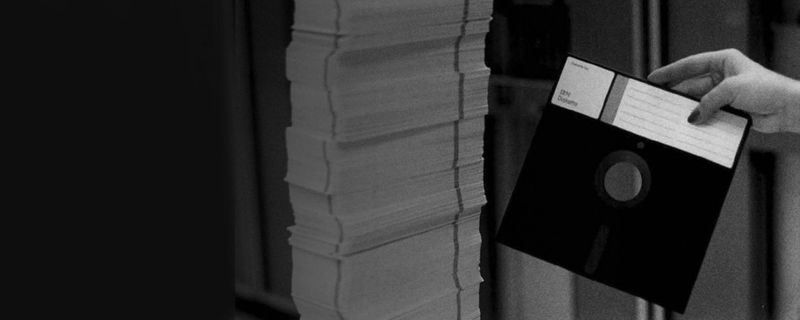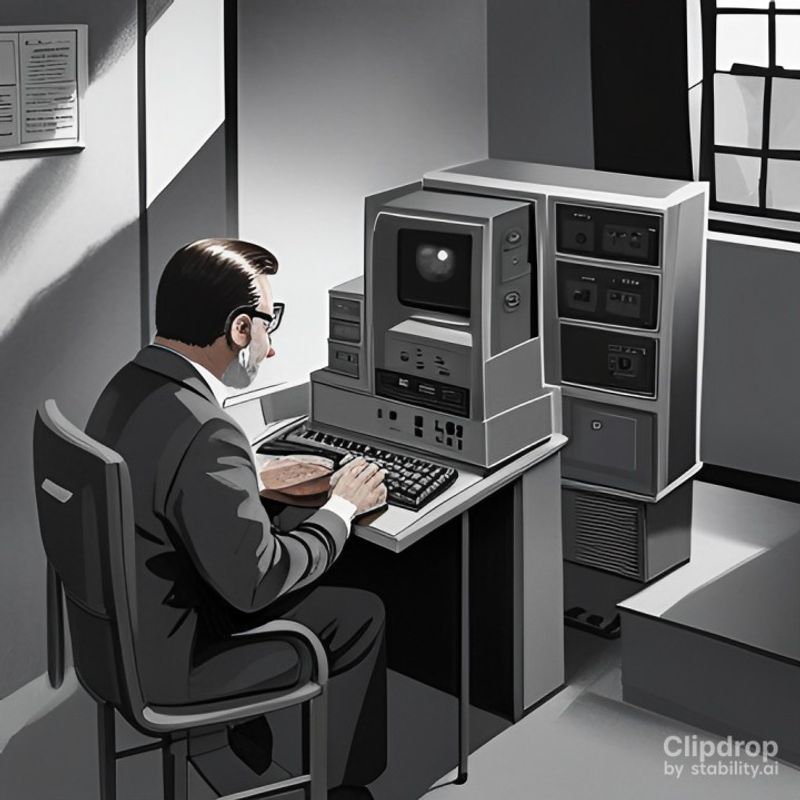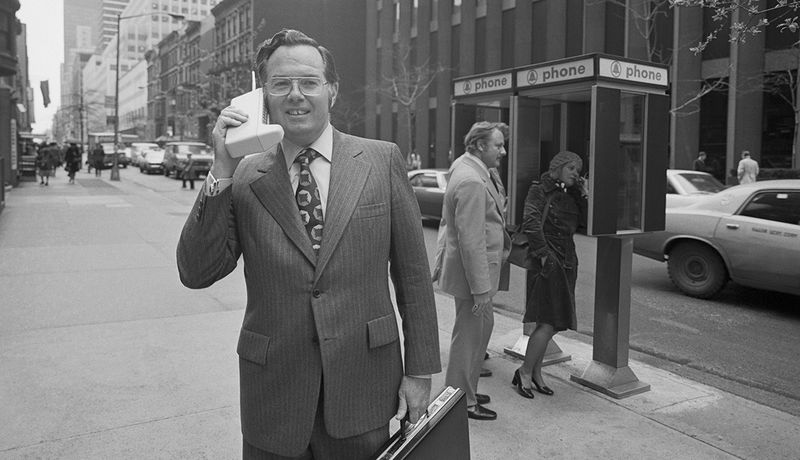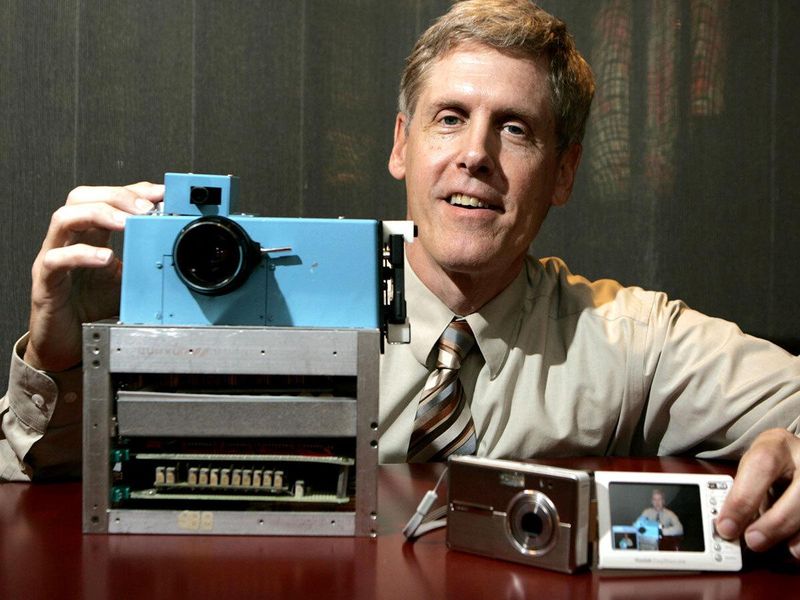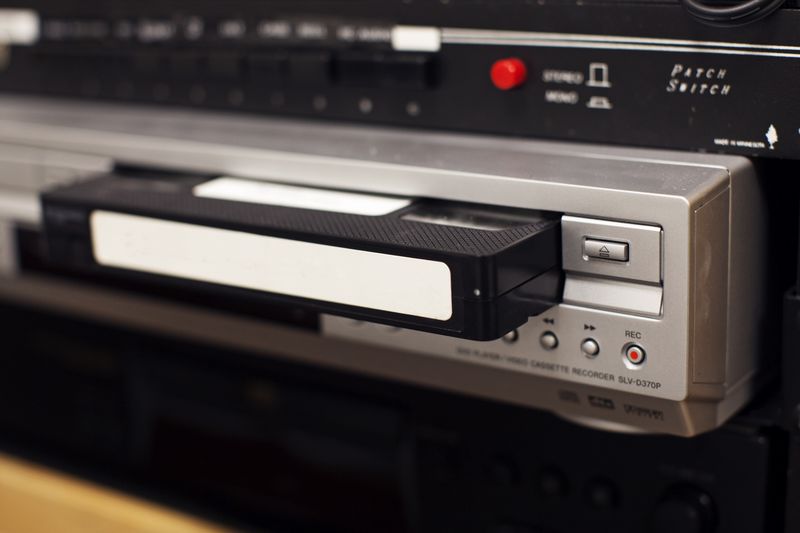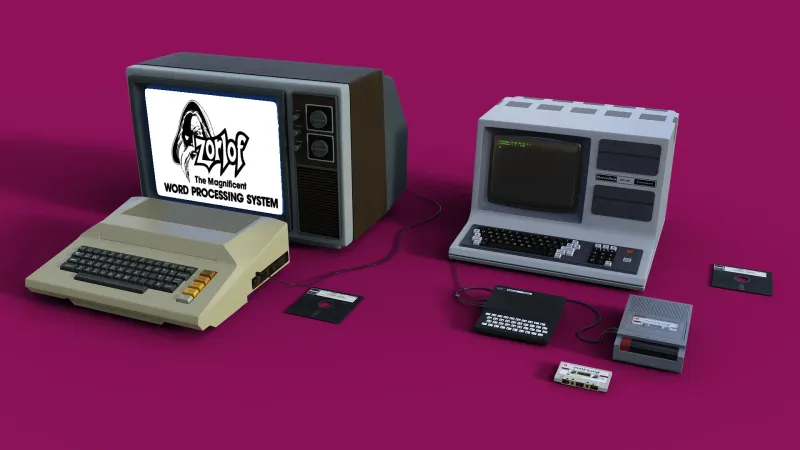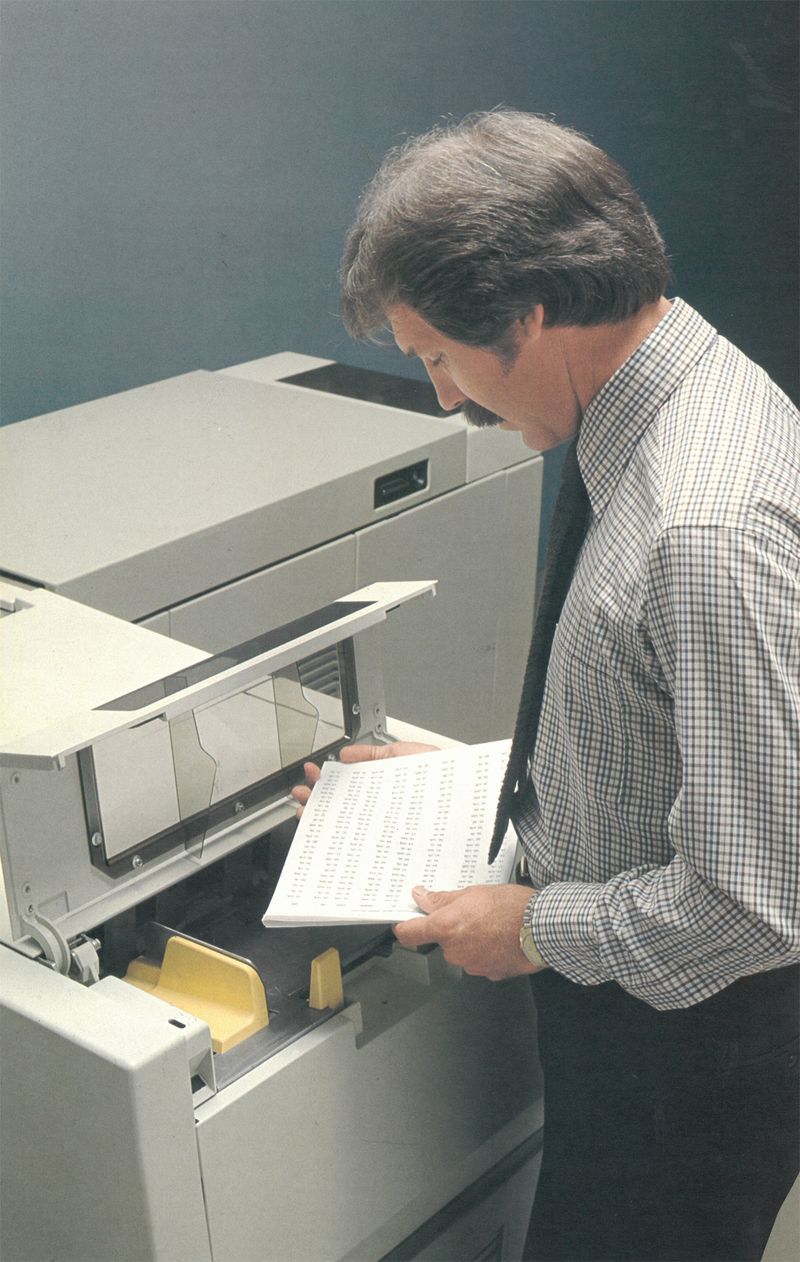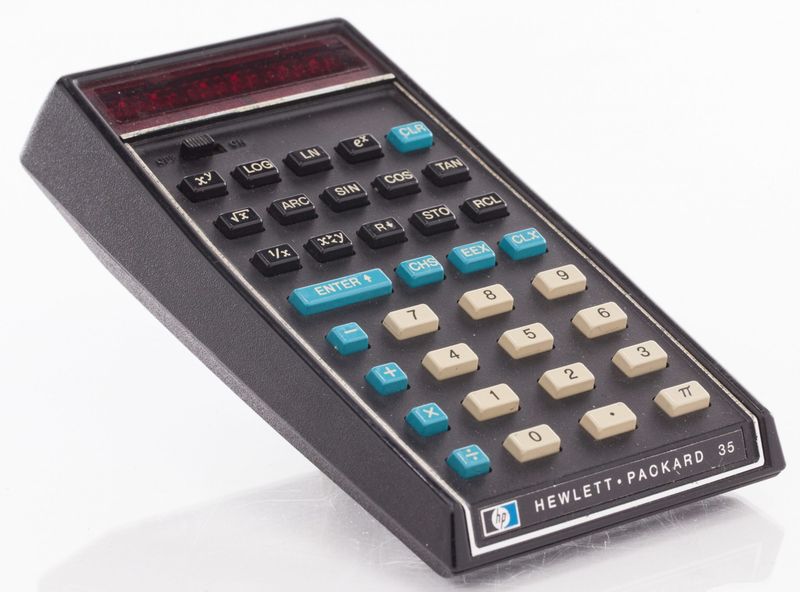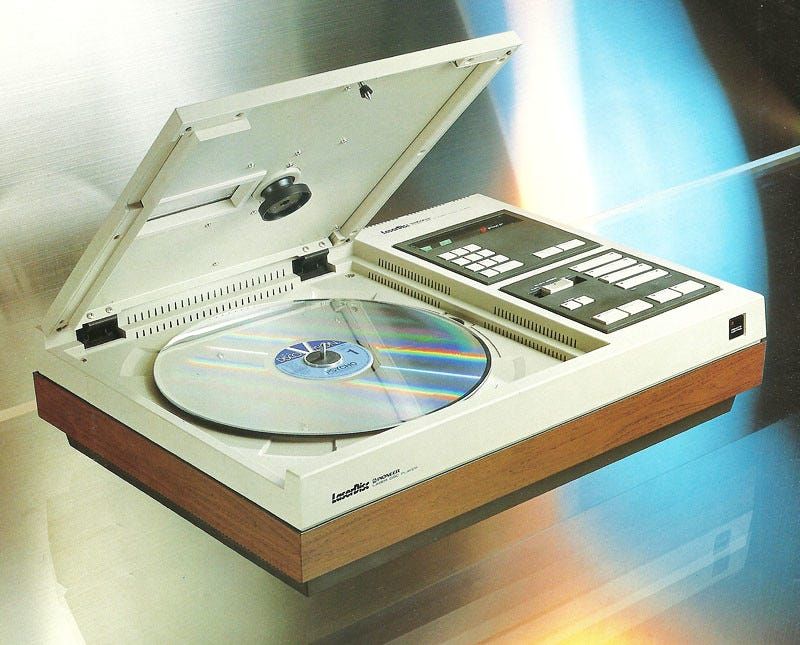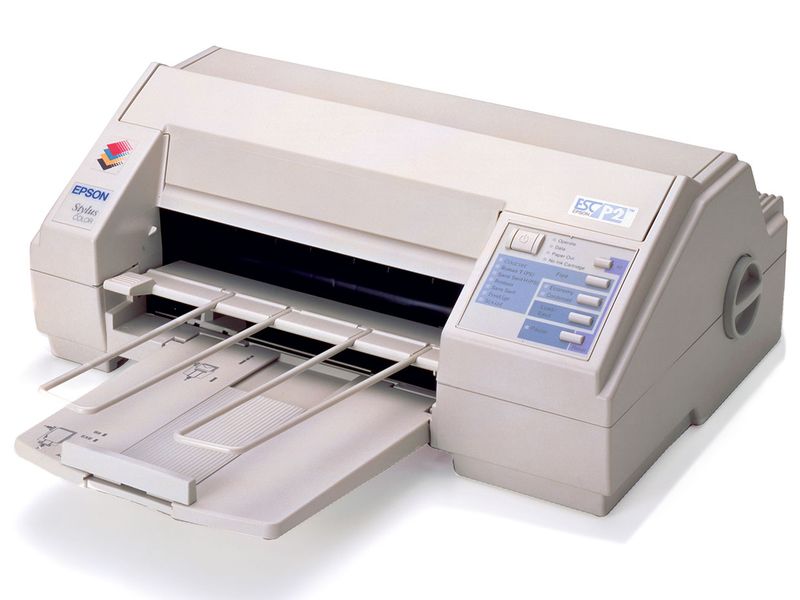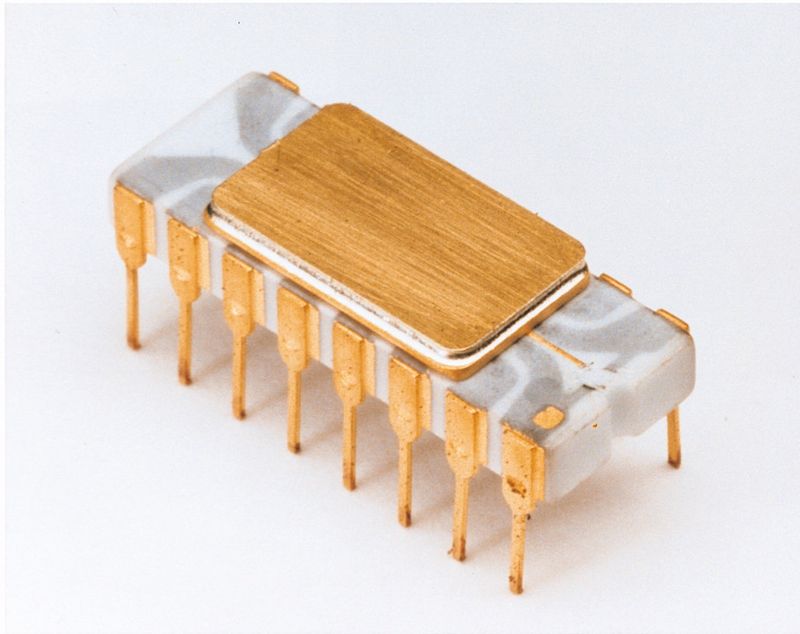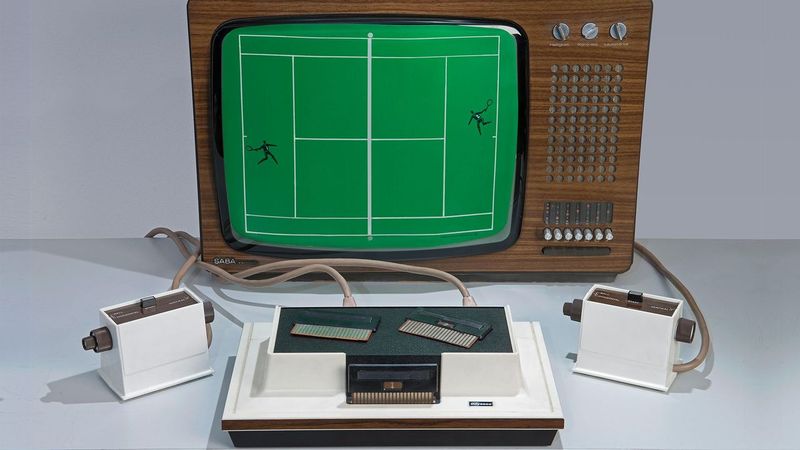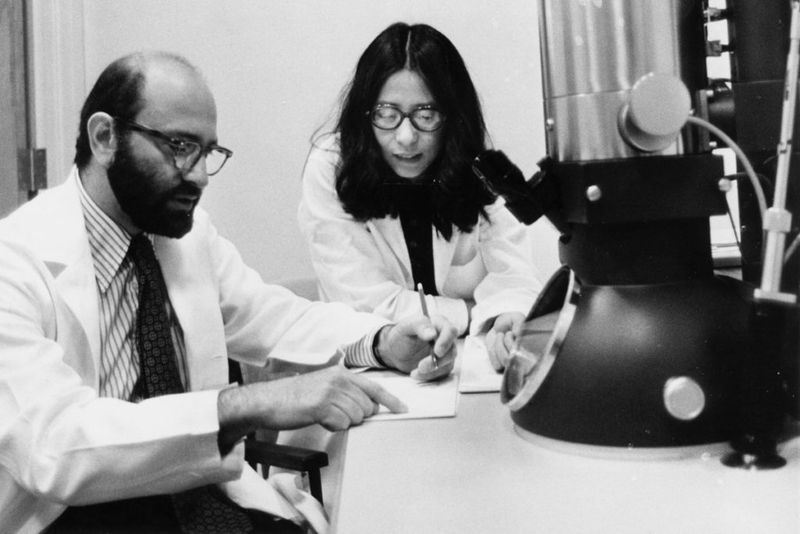The 1970s were more than disco balls, bell bottoms, and groovy tunes—they were a goldmine of innovation. From groundbreaking tech to fun little gadgets, this decade laid the foundation for so much of what we rely on today.
Let’s take a retro-futuristic ride and check out 19 incredible inventions from the ’70s that blew minds then—and still matter now.
1. The Floppy Disk (1971)
Back in 1971, IBM introduced a device that would revolutionize data storage: the floppy disk. This thin, flexible magnetic storage medium could hold a staggering 80 KB of data, a marvel at the time. Encased in a square plastic shell, it became the gold standard for data portability.
Floppy disks allowed users to easily transfer digital files between computers without cumbersome tapes or disks. Imagine the excitement of being able to carry your work home! It laid the groundwork for modern data storage solutions we rely on daily.
2. Email (1971)
In 1971, the digital communication landscape changed forever with the introduction of email. Ray Tomlinson, working on ARPANET, sent the first electronic mail, forever embedding the ‘@’ symbol into our digital lives.
This innovation allowed users to send messages instantly across vast distances, revolutionizing how we communicate. Say goodbye to snail mail! Emails became a cornerstone of business and personal communication, paving the way for modern messaging apps. Today, our overflowing inboxes are a testament to its enduring impact.
3. The Mobile Phone (1973)
In 1973, Martin Cooper from Motorola made history with the first mobile phone call. Picture a brick-sized device with an antenna—far from today’s sleek smartphones. Yet, this awkward gadget marked the dawn of wireless communication, unchaining us from landlines. Imagine the freedom of making calls on the go!
Though initially accessible only to a select few, the mobile phone set the stage for global connectivity. Today, we carry the world in our pockets, thanks to this groundbreaking invention.
4. The Digital Camera (1975)
Kodak engineers transformed photography forever with the creation of the first digital camera in 1975. This prototype recorded black-and-white images onto a cassette tape, a far cry from today’s digital wonders. Imagine capturing moments without film!
Though rudimentary, it was the seed that blossomed into the digital photography revolution, allowing us to instantly see and share our photos. Thanks to this innovation, snapping and storing memories became effortless, changing how we document our lives.
5. Post-it Notes (1977)
The story of Post-it Notes began with a failed adhesive experiment at 3M in 1977. Instead of a super-strong glue, chemist Spencer Silver stumbled upon a sticky substance that was weak yet reusable.
Enter Art Fry, who saw its potential for bookmarks. Soon, these neon squares became a staple for brainstorming sessions, reminders, and passive-aggressive notes. Their playful stickiness transformed office dynamics, making them an indispensable tool for organization and creativity.
6. VCR (Video Cassette Recorder)
The VCR, though technically developed earlier, became a household favorite in the 1970s with affordable models. This magical box allowed families to record TV shows and watch movies at home, bringing Hollywood to the living room. Imagine the thrill of movie nights without leaving the couch!
As rental stores popped up, VCRs transformed the entertainment industry, changing how we consumed media. Rewind those tapes before returning! It was the beginning of on-demand viewing that we now take for granted.
7. The MRI Scanner (1977)
In the late 1970s, the introduction of the MRI scanner revolutionized medical diagnostics. This non-invasive imaging technology offered detailed views inside the human body without radiation.
Imagine the relief of accurate diagnoses without invasive procedures! MRI opened new doors in understanding diseases, allowing doctors to see soft tissues in unprecedented detail. It was a giant leap for medical science, transforming patient care and treatment planning, and continues to be a crucial tool in modern healthcare.
8. Word Processing Software
The 1970s saw the dawn of word processing software, with pioneers like Electric Pencil and WordStar leading the charge. Imagine typing without typewriter ribbons or correction fluid! This digital leap allowed writers to effortlessly edit text, enhancing productivity and creativity.
Word processing software became the backbone of modern office work, gradually pushing typewriters to obsolescence. It empowered writers, students, and professionals to produce polished documents with ease, changing the way we express ideas on paper.
9. Laser Printers (1976)
Xerox introduced the laser printer in 1976, forever changing office landscapes. This innovation allowed for fast, high-quality document printing, a stark contrast to noisy dot matrix printers. Imagine printing a report in minutes!
Laser printers became essential for businesses, schools, and home offices, ensuring crisp, professional output. They paved the way for future printing advancements, combining speed and precision, and remain a staple in printing technology today.
10. Rubik’s Cube (1974)
Created by Hungarian professor Ernő Rubik in 1974, the Rubik’s Cube quickly became a worldwide sensation. What started as a teaching tool for explaining 3D geometry evolved into a beloved puzzle.
Imagine the thrill of twisting and turning to align all colors! Its vibrant design and challenging nature captivated people of all ages, sparking competitions and cult followings. The Rubik’s Cube not only entertained but also inspired problem-solving and spatial reasoning, continuing to challenge minds today.
11. LCD Displays
In the 1970s, Liquid Crystal Displays (LCDs) emerged, offering a sleek alternative to bulky CRT screens. Initially appearing in calculators and watches, LCD technology promised thinner, more energy-efficient displays.
Imagine the convenience of a digital watch with a clear display! Although it took time to perfect, LCDs paved the way for the flat screens in our TVs, monitors, and smartphones today, revolutionizing how we interact with electronic devices and view digital content.
12. Ethernet (1973)
Xerox’s Robert Metcalfe introduced Ethernet in 1973, revolutionizing computer networking. This innovation allowed computers to communicate over short distances using coaxial cables, laying the foundation for local area networks (LANs). Picture offices buzzing with connected computers!
Ethernet’s design enabled fast data transfer, crucial for modern internet infrastructure. It transformed how businesses operate, facilitating seamless communication and collaboration. Today, Ethernet remains a cornerstone of networking technology, connecting devices worldwide.
13. Pocket Calculators
In the early ’70s, the bulky behemoths of calculators shrank into pocket-sized marvels. Students and accountants rejoiced! Picture slipping a sleek calculator into your pocket, ready for on-the-go number crunching.
These devices transformed mathematical calculations, making complex operations accessible to everyone. They became indispensable tools in classrooms and offices, setting the stage for digital calculators with advanced functions. Imagine solving equations with just a few clicks—goodbye slide rules!
14. Laserdisc (1978)
In 1978, the Laserdisc promised high-quality video like never before. Imagine watching movies with clarity unheard of for home viewers!
Though overshadowed by VHS and later DVDs, Laserdiscs were the first to bring optical video recording to the masses. Enthusiasts adored its superior video and audio, despite its size and cost. It was a glimpse into the future of home entertainment, testing the waters for the digital media that would follow.
15. Inkjet Printers
The late 1970s saw the commercial debut of inkjet printers, offering a quieter, faster alternative to previous printing technology. Imagine printing vibrant images at home without the clatter of dot matrix printers!
These printers combined precision with affordability, making color printing accessible to the masses. They became essential for home and office use, paving the way for photo printing and high-quality document production. Today, inkjet printers remain a household staple, celebrated for their versatility.
16. Gore-Tex Fabric (1976)
In 1976, Gore-Tex fabric changed outdoor clothing forever. Imagine a jacket that breathes yet keeps you dry in a downpour! This revolutionary fabric combines waterproof protection with breathability, ensuring comfort in all weather.
Outdoors enthusiasts rejoiced as Gore-Tex garments allowed them to conquer rain-soaked trails without sweating. It set a new standard in performance wear, becoming essential for hikers, mountaineers, and anyone braving the elements. Today, Gore-Tex remains a hallmark of innovation in outdoor gear.
17. Intel 4004 Microprocessor (1971)
In 1971, Intel unveiled the 4004 microprocessor, igniting the personal computing revolution. Picture a tiny chip packed with computational power, transforming bulky machines into compact marvels. This innovation allowed engineers to develop the first personal computers, making computing accessible to the masses.
It marked the dawn of the digital age, influencing everything from smartphones to modern supercomputers. The Intel 4004 laid the foundation for the technology-driven world we navigate today, shaping our digital lives.
18. The First Video Game Console (Magnavox Odyssey)
In 1972, the Magnavox Odyssey became the first home video game console, sparking the gaming industry. Imagine playing games on your TV with simple graphics and plastic overlays! This console introduced families to interactive entertainment, laying the groundwork for future gaming systems.
While primitive by today’s standards, it opened the door to a world of digital storytelling and competition. The Odyssey was the genesis of a multibillion-dollar industry that continues to captivate audiences worldwide.
19. Genetic Engineering
In 1973, scientists broke new ground with the first genetically modified organism using recombinant DNA technology. Imagine the potential of altering genetic material to improve health and agriculture!
This breakthrough laid the foundation for modern biotechnology, enhancing our ability to understand and manipulate life at the molecular level. Genetic engineering has since led to advances in medicine, agriculture, and environmental science, offering solutions to global challenges. It was a pivotal moment in scientific history.
